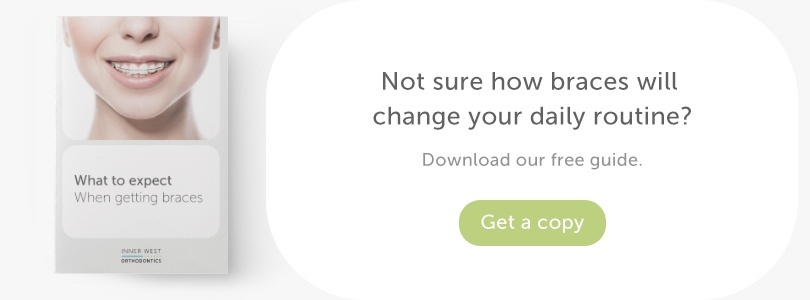Do natural teeth whitening home remedies work?
By Anthony ● August 29, 2018
If you ask most people, they will say that a killer smile consists of two things: straight teeth and white teeth. And with modern orthodontics taking care of the straightening more efficiently than ever, more and more people are trying to whiten their teeth naturally overnight.
Over the past few years a number of quick teeth whitening home remedies have sprung up. Many are touted as working miracles in removing stains on teeth. However many of these treatments may also irreparably damage tooth enamel, leaving teeth prone to decay.
In this post we look at the hidden cons behind six popular ways to whiten teeth at home.
1. A paste of strawberries and salt
As strawberries have a high Vitamin C and the enzyme malic acid content they are thought to help break down plaque and remove stains on teeth. Salt is added to form a paste which attempts to remove surface stains through abrasion.
However this abrasion risks damaging enamel and has no proven whitening results. The strawberries only make this worse, as seeds can also damage teeth.
2. A paste of bicarb and lemon
Brushing with a paste of sodium bicarbonate (also known as baking soda or bicarb) and lemon is one of the most popular ways to try and whiten teeth. The idea here is to leverage the abrasive nature of the bicarb and the mild bleaching properties of lemon juice.
However there is very little clinical evidence that this method has any whitening effect, and the acidic mixture can eat away at teeth. This damage can be masked by a slick, shiny feeling left on teeth. So beware, smooth and shiny teeth are not always healthy (or white!) teeth.
3. Fruit peel
Fruit peel is more gentle than other remedies listed. It involves rubbing either banana, lemon or orange peel on teeth before brushing. This method is acidic so risks damaging teeth, and is unlikely to yield any whitening results.
4. Hydrogen peroxide
Hydrogen peroxide has long been on the list of quick teeth whitening home remedies, and for a very simple reason – it’s a bleach. For teeth whitening it is combined with bicarb to form a paste that is brushed onto teeth.
Again, the abrasive properties of the bicarb can be seriously bad news for tooth enamel. The hydrogen peroxide itself can be an irritant to gums and cause discomfort for people with crowns or fillings.
5. Charcoal
Activated charcoal is the home remedy of the hour, being touted as a secret way to whiten teeth naturally overnight by many beauty bloggers. While it has become popular, you should be careful about using it without researching more first.
The charcoal itself is highly porous, which makes it able to bind tightly with plaque and other surface stains on the teeth (like coffee, red wine or cigarettes).
The same porous quality that gives charcoal its excellent binding and cleaning ability also makes it highly abrasive. This is bad news for tooth enamel as it fosters tooth decay.
6. Apple cider vinegar
Apple cider vinegar is a popular way to attempt to whiten teeth.
Theoretically the acid would serve to break down plaque and stains. However like many of the above treatments, it is likely to break down tooth enamel and damage teeth, without any guarantee of results.
Alternative teeth whitening methods
The above home remedies sell the promise of white teeth but can be quite damaging to your beautiful smile, especially if followed without clear trained medical or professional guidance and prescriptions.
Dentists can help provide you with a number of tested, safe options for teeth whitening. These methods are more effective as they treat both peripheral stains and more permanent, deep discolouration.
We can also provide you with a take home teeth whitening kit - get in touch here for more details.
In the long run the most important way to maintain a healthy smile is to prioritise dental hygiene. For more information on how to keep your teeth clean and white, download our free Healthy Smile Guide. Click the image below to get started.






